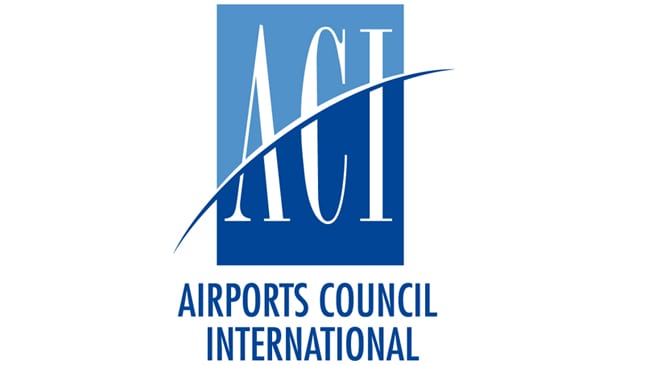Global airports as a group registered a 5.5 percent increase in revenues to US$131 billion in 2013, according to recently released data from Airports Council International.
Revenue per passenger edged up 2.2 percent to $20.96. Of that, non-aeronautical revenue came in at $8.14 per passenger. Of all non-aeronautical revenue sources, the most lucrative for airports were retail concessions at 28 percent, car parking at 20 percent and property and real estate income for rent at 18 percent.
The data comes from ACI’s annual “Airport Economics Report,” in which the global trade organization found that airports performed well as a group, despite some difficulties encountered by the world’s smaller airports.
“In the face of the ongoing uncertainties in the global economy, global airport revenues remained resilient through the downside risks that have persisted across the world’s markets,” says Angela Gittens, director general of ACI World. “Airport revenues experienced sound growth rates in 2013 compared to the previous year,” Gittens adds. “Although there are some regional disparities, growth in key emerging market airports has circumvented the slowdown in the Euro area and other mature markets.”
The data, gleaned through an in-depth analysis of industry revenues (aeronautical and non-aeronautical) and costs (operating and capital), shows that the industry as a whole experienced a return on invested capital of just over 6 percent.
The growth, however, was driven almost exclusively by the world’s largest airports, the data shows. As many as 69 percent of airports worldwide operate at a net loss, ACI said. The vast majority of those airports handle fewer than 1 million passengers. More than 80 percent of global airports fall below the 1 million passenger threshold.
“While a single measure of global airport profitability provides a good barometer of industry health, it often masks the important nuances and industry facts crucial for evidence-based policy decisions,” says Rafael Echevarne, director of economics and program development at ACI World. “The challenge remains that most airports in the world are small, with high traffic volumes concentrated in only a handful of airports. Most of these airports have fewer than one million passengers per annum. Smaller airports have neither sufficient traffic to achieve economies of scale nor to generate significant aeronautical or non-aeronautical revenue. “These results have important implications for national regulators involved in the economic oversight function of airports,” adds Echevarne. “Given that airports are asset-intensive businesses, they require large investments just to accommodate a single aircraft landing. Despite the important social and economic development that airports generate both for local communities and with respect to global trade, market size, in terms of traffic throughput, largely determines the financial health and viability of an airport.” Echevarne advises that there is no one-size-fits-all approach for airports, no matter their governance structure or location.
Gittens put a positive spin on the continuing growth of the industry as a whole.
“International tourism, in particular, was irrepressible in 2014 considering the geopolitical risks that have persisted in certain parts of the world such as Eastern Europe and the Middle East, as well as the Ebola outbreak,” she says. “By and large, the international traveler in 2014 appears to have withstood the challenges. “As well, air cargo rebounded after almost three years of growth stagnation whereas passenger traffic continues to post growth in the realm of 5 percent year after year following the Great Recession,” Gittens adds.






